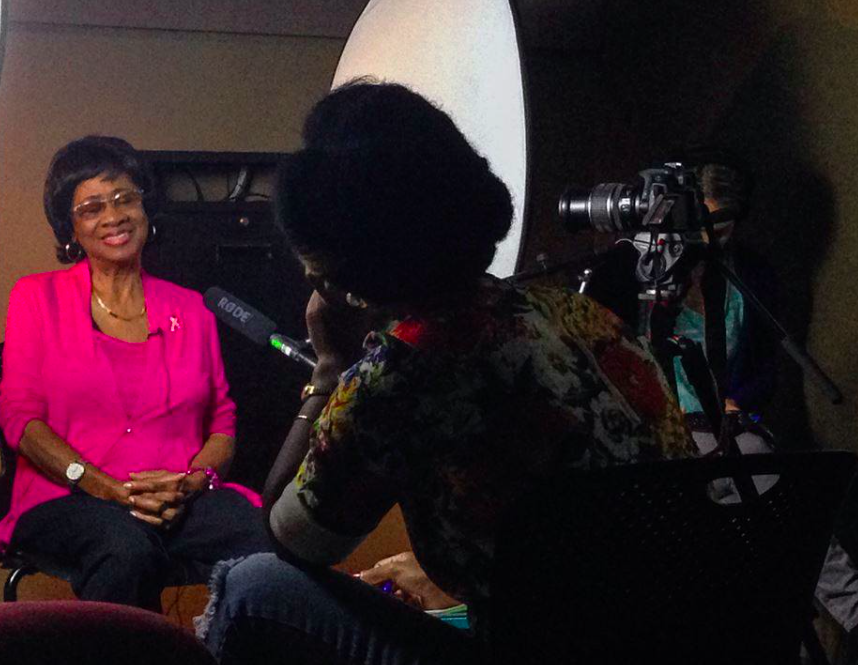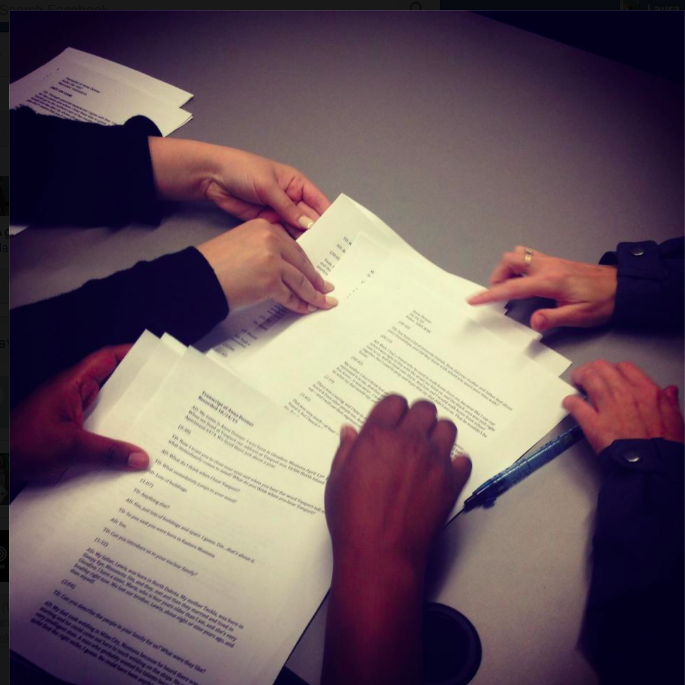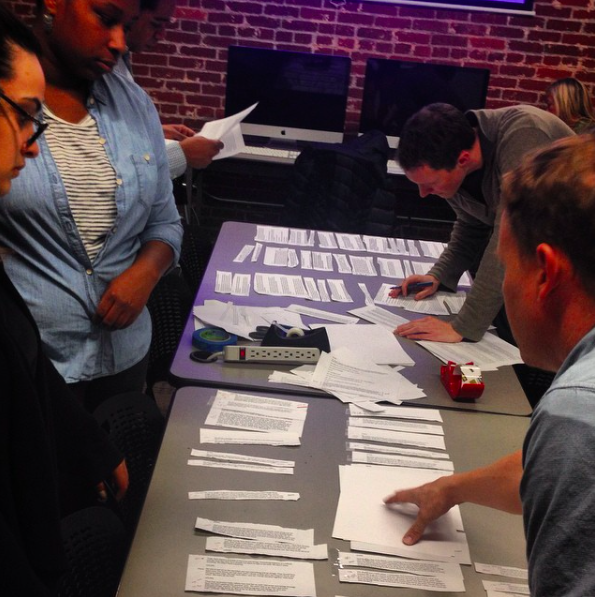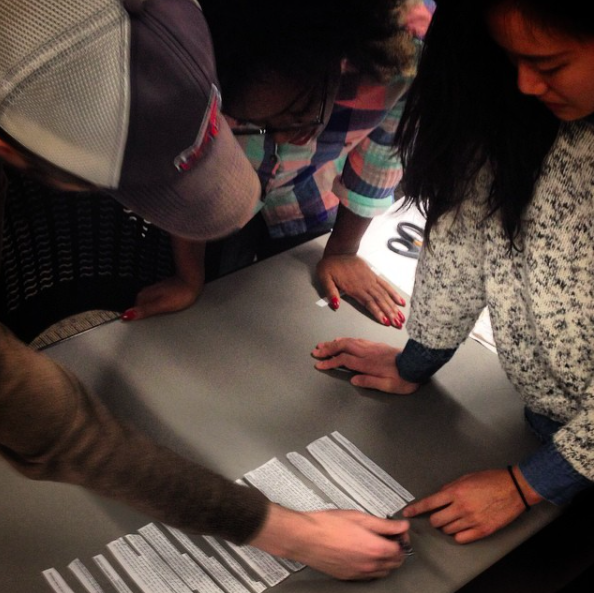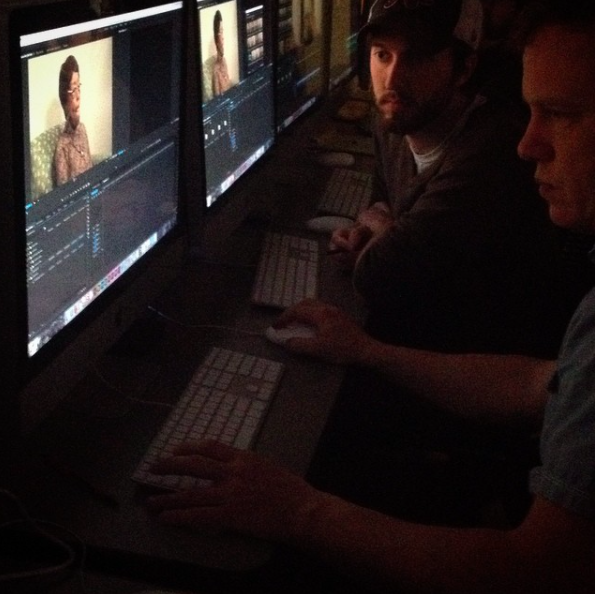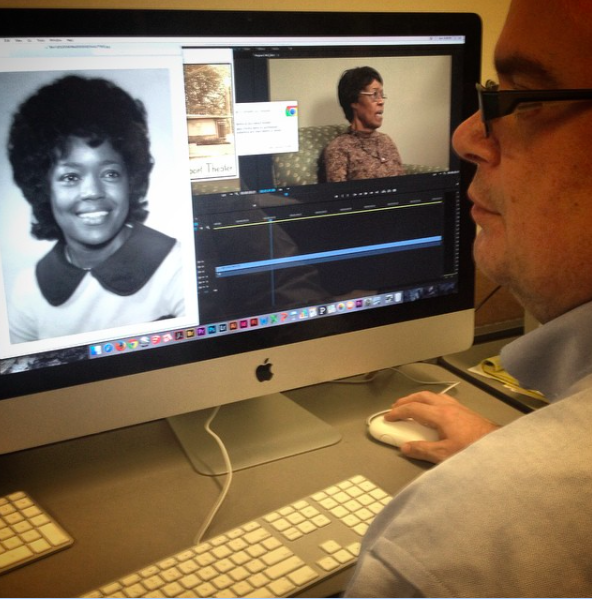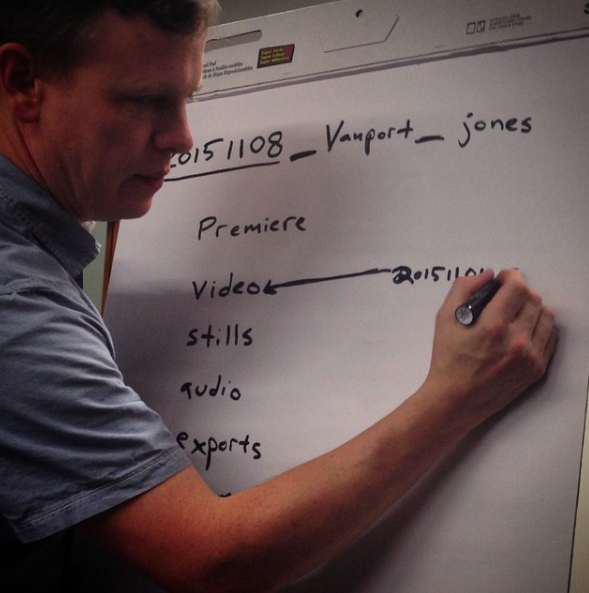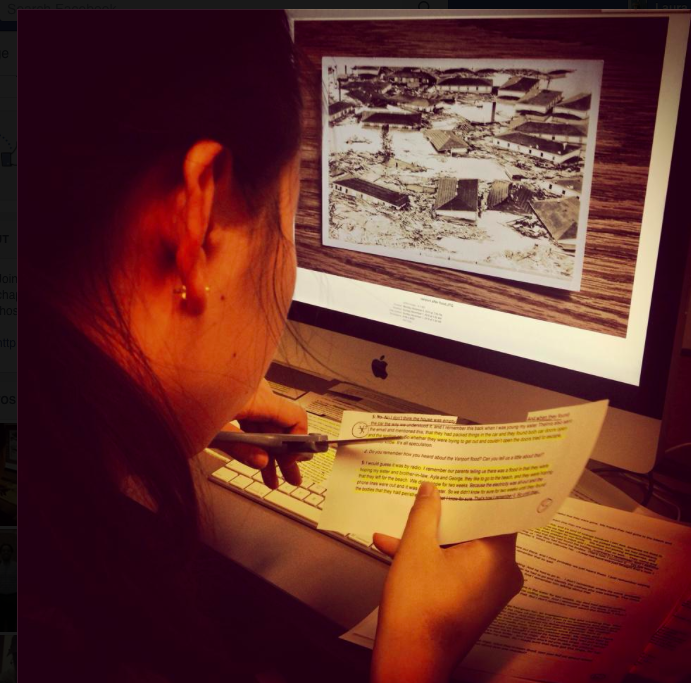Did you learn about Vanport in school? I grew up an hour and a half’s drive from where Vanport stood and I certainly never learned about it until well after I moved to Portland, and I’m far from the only one.
The story of Vanport is that of an instant and diverse community, one which came together because of World War II, and of the residents of this city that appeared almost overnight, who built the ships that played a pivotal role in winning the war in the pacific.
Even here in Portland where we are so close to the site of this historically significant place, people are surprised to learn that Vanport even existed. We hear from people of all generations at screenings of our short documentaries and in our workshops that they have not been taught about this chapter of history.
We all are left wondering why history books and curricula don’t even mention what once was Oregon’s second-largest city, home to 40,000 people who, between 1942 and 1948, came from all over the country to build a new life.
If Oregonians have heard of Vanport, they usually only know that it was destroyed in a flood; the many visitors to Delta Park, the Portland International Raceway, and the Heron Lakes Golf Course have little reminder of the city that once stood on the land they walk on.
“People in Portland should be proud that our city did something in the war in the Pacific,” Professor James S. Harrison who teaches history at Portland Community College, told me recently.
“There is such a great void in leaving that [Vanport and Portland’s contribution to the war effort] out,” he says. He is committed to filling that emptiness and is writing a book about Vanport’s place in Portland’s history.
We are lucky enough to have several historians and educators like Professor Harrison as part of the Vanport Mosaic team, people who are determined to make this forgotten piece of history available to teachers and students. These members include Tatum Clinton-Selin who, after learning about Vanport and attending one of our free workshops, was so inspired that she decided to devote her Master’s thesis to creating a Vanport curriculum for high school students as a resource for the growing number of teachers who want to share this history with their students.
You can download it here:
While writing her curriculum, Tatum thought about how much she would have enjoyed learning about Vanport when she was in high school. With her younger self in mind, she has created a beautiful and approachable way to learn about Vanport that offers students and teachers primary and secondary source texts, including excerpts from one of our stories, as well as projects, essays and presentations; there’s even an option for students to get involved in our on-going oral history project.
Great endeavors are always the fruit of strong collaborations, and our Mosaic needs all the pieces that make up our beautiful community. So, a heartfelt thank you to Tatum for creating this curriculum and making it available here; to Concordia University Professor of Education Shawn Daley, and Amy Platt and Denise Brock at the Oregon Historical Society, for their feedback; to Professor Harrison for his continued guidance; and finally, a note of gratitude to all of you who will share the history of Vanport with the young people in your life. Please drop us a line, here as a comment or at vanportmosaic@gmail.com, if you use Tatum’s curriculum, or if you created your own and would like to offer it to the community.
Meredith Lawrence
Meredith is a journalist and multimedia producer with a background in narrative storytelling and education reporting. She's been part of the Vanport Mosaic since its inception, teaching multimedia production skills in our workshops, and producing several short documentaries based on oral histories interviews to Vanport former residents. Learn more about her here: www.meredithalawrence.com







